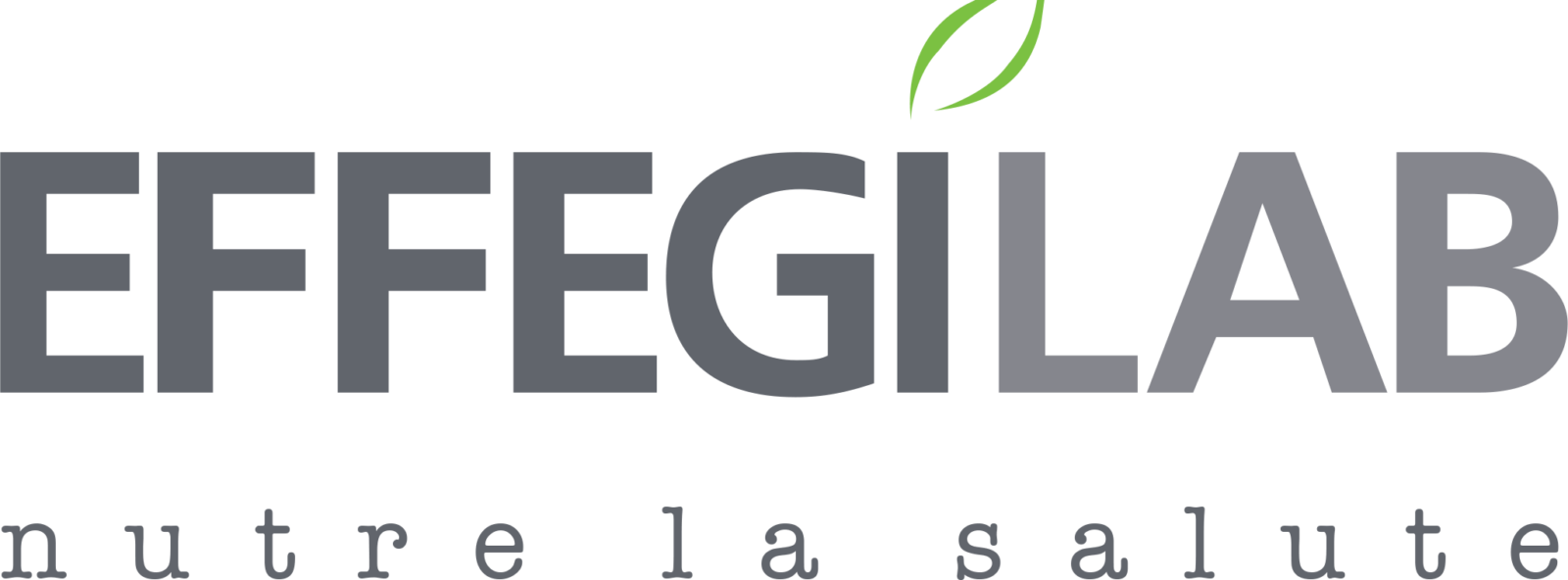Vitamin E is a group of eight fat-soluble substances, closely related to each other and divided into 4 tocopherols (α, β, γ, δ) and 4 tocotrienols (α, β, γ, δ). The molecular structure of tocotrienols allows this molecule to be more efficient in restoring oxidation damage inside the cell membrane (greater antioxidant power and greater flexibility).
THE HEALTH EFFECTS OF TOCOTRIENOLS HAVE BEEN ABUNDANTLY STUDIED
Brain health: Tocotrienols improve carotid vascular flow and help reduce stroke-induced damage (1-2).
Cardiovascular Health: Consumption of tocotrienols is associated with a reduced risk of cardiovascular disease (3).
They counteract inflammatory phenomena: tocotrienols control the inflammatory mechanism and related markers, including the reduction of atherogenic lipoproteins (a) [Lp (a)] (4,5).
Skin health: Tocotrienols reduce UVB-induced skin damage (6-7), inhibit melanoma growth, and delay melanoma progression (mouse study) (8). Tocotrienols counteract the appearance of spots on the skin in old age (9). Tocotrienols protect the skin from damage caused by oxidative stress (6).
Lipid control: Numerous studies show that tocotrienols act on triglyceride and LDL levels (10,11).
Antioxidant: tocotrienols protect the cells of our body (about 75 million billion) from oxidative stress, improving the efficiency of the O2-CO2 exchange and of nutrients in the red blood cells (14). Tocotrienols have 40-60 times greater antioxidant power than tocopherols.
Eye Health: Angiogenesis is responsible for the abnormal growth of blood vessels in diabetic retinopathy and macular degeneration, some of the leading causes of adult blindness. Tocotrienols reduce angiogenesis, and slow down the process of retinopathy and macular degeneration (12,13).
1. Kooyenga, DK et al., Antioxidants modulate the course of carotid atherosclerosis: A Four-year report, in Micronutrients an Health, K. Nesaretnam and L. Packer, Editors. 2001, AOCS Press: Illinois. P: 366-375 | 2. Sen, CK, S Khanna, and S. Roy, Tocotrienols: Vitamin E beyond topherols. Life Sci, 2006. 78 (18): p. 2088-98. | 3. rasool, AH, et al., Arterial compliance and vitamin E blood levels with a self emulsifying preparation of tocotrienol rich vitamin E. Arch Pharm Res, 2008. 31 (9): p. 1212-7. | 4. Committee, R., et al., A novel mechanism of natural vitamin E tocotrienol activity: involvement of ERbeta signal transduction. Am J Physiol Endocrinnol Metab, 2009. 27 (2): p. E427-37. | 5. Campbell, LA and CC Kuo, Chlamydia pneumoniaan infectious risk factor for atherosclerosis? Nat Rev Microbiol, 2004. 2 (1): p. 23-32. | 6. Traber, MG, et al., Diet-derived and topically applied tocotrienols accumulated in skin and protect the tissue against ultraviolet light-induced oxidative stress. Asia Pac J Clin Nutr, 1997. 6 (1): p. 63-67. | 7. Yamada, Y., et al., Dietary tocotrienol reduces UVB-induced skin damage and sesamin enhances tocotrienol effect in hairless mice. J Nutr Sci Vitaminol (Tokyo), 2008. 54 (2): p. 117-23. | 8. McAnally, JA, et al., Tocotrienols potentiate lovastatin-mediated grown suppression in vitro and in vivo. Exp Bio Med (Maywood), 2007. 232 (4): p. 523-31. | 9. Michihara, A., et al., Delta-tocotrienol causes decrease of melamin content in mouse melanoma cells. J Health Sci, 2009. 55 (2): p. 314-318 | 10. Tan, B. and AM Mueller, Tocotrienols in Cardiometabolic Diseases., In Tocotrienols: Vitamin E beyond Tocopherol, R. Watson and V. Preedy, Editors. 2008, AOCS / CRC Press. P. 257-273 | 11. Houston, MC, Et al., Nonpharmacologic treatement of dyslipidemia. Prog Cardiovasc Dis, 2009. 52 (2): p. 61-64. | 12. Miyazawa, T., et al., Anti-angiogenic function of tocotrienol. Asia Pac J Clin Nutr, 2008. 17 Suppl 1: p. 253-6. | 13. Shibata, A., et al., Tumor anti-angiogenic efect and mechanism of action of delta-tocotrienol. Biochem Pharmacol, 2008 76 (3): p. 330-9 | 14. begum, AN and J. Terao, Protective effect of alpha-tocotrienol against free radical-induced impairment of erythrocyte deformability. Biosci Biotechnol Biochem, 2002. 66 (2): p. 398-403.
The information contained on the Site, in the various articles, in the contents, in any responses to comments, are for informational purposes only and in no way have the claim or purpose of replacing the opinion of the doctor and / or specialist, of others. health professionals or professionals in the sector who must in any case be contacted and consulted for the formulation of a diagnosis or the indication of a possible correct therapeutic and / or dietary and / or food supplement program, and more generally for the comparison on this information. In no case will the Site, the Publisher who manages it, the authors of the articles and / or contents and / or comments and / or blogs, or other subjects connected to the Site, be responsible for any damage, even if only hypothetically connected. the use of the contents and / or information present on the Site. The Site assumes no responsibility for the misuse that users may make of the information contained in the Site.








